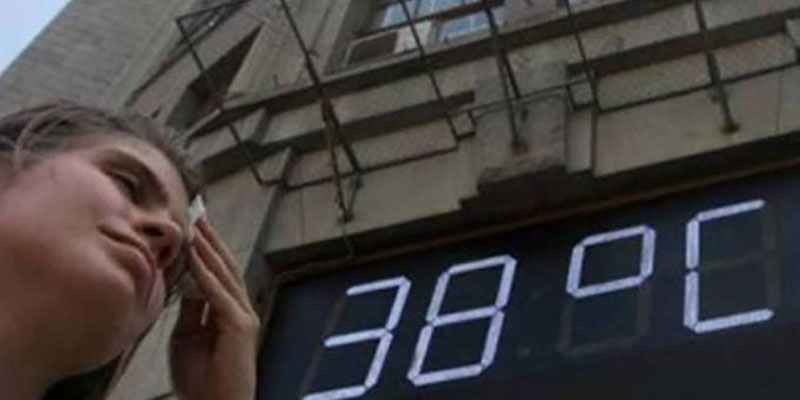Por Jean Silva* - Jornal da USP - 1 de novembro de 2024 - Tucuruvi,…
Bioplástico produzido a partir de biogás rico em Metano

A empresa VTT desenvolveu uma solução para converter até mesmo pequenas fontes de biogás rico em metano em matérias-primas para alimentação animal ou bioplástico em fazendas, aterros sanitários e estações de tratamento de águas residuais.
Esta solução de redução de emissões baseia-se na capacidade das bactérias metanotróficas a crescer em metano em fermentadores de gás.
New Approach by VTT to Convert Methane-rich Biogas into Bioplastics
VTT has developed a solution for converting even small sources of methane-rich biogas into raw materials for animal feed or bioplastic on farms, landfills and wastewater treatment plants. This emission-reducing solution is based on the ability of methanotrophic bacteria to grow on methane in gas fermenters.
Bioplastic from Biogas
Methane-rich biogas is generated on farms, landfills and wastewater treatment plants in anaerobic digestion of biological material. Until now, the processing of such gas into biomethane has only been viable on large biogas-producing sites; small biogas sources such as farms have remained largely unexploited.
The method developed by VTT would reduce emissions, increase the use of biogas and improve protein self-sufficiency.
Process
It is based on the ability of methanotrophic bacteria to grow in aerobic conditions in gas fermenters, using methane as the source for carbon and energy. The process is as follows:
- The methane gas generated by anaerobic digestion is fed into a gas fermenter.
- A growth medium containing the methanotrophic bacteria circulates through the pipes of the gas fermenter, creating a single-cell protein biomass with a protein content of around 60%.
- The cell mass is filtered, pasteurized and dried.
The methanotrophic bacteria and (depending on the growth conditions) cell mass may also contain polyhydroxybutyrate plastic (PHB) – a natural substance in the cells that enables them to store conserve energy. For example, PHB can be used as a raw material for biodegradable packaging material, instead of oil-based and non-biodegradable plastics such as polypropylene (PP).
- The cell mass may contain 50% half of the PHB, in which case the protein content is around 30%.
- Extraction is used to separate the PHB and protein fractions from the dried cell mass.
The production rate of VTT’s method needs to be improved: a couple of years of development work lie ahead. In addition, the protein fraction’s suitability as a feed component needs to be tested.
Based on previous studies, single-cell proteins produced using micro-organisms can be substituted for ingredients such as meat, soya, egg whites or fish in food and feed. Finland is import-dependent with respect to soya: a fluctuating worldwide crop causes price fluctuations and uncertainty about the availability of this foodstuff.
In Europe and Finland, attempts are being made to meet the challenge of protein feed for domesticated animals by improving protein self-sufficiency. This mainly involves promoting the production of vegetable protein. The production of single-cell proteins represents a good opportunity to improve our protein self-sufficiency.
About VTT Technical Research Centre
VTT Technical Research Centre of Finland Ltd is one of the leading research and technology companies in the Nordic countries. VTT has a national mandate in Finland. It uses its research and knowledge to provide expert services for our domestic and international customers and partners.
Fonte – Omnexus Specialchem
Boletim do Instituto IDEAIS de 05 de dezembro de 2016
Instituto Ideais
www.i-ideais.org.br
info@i-ideais.org.br
+ 55 19 3327 3524





Este Post tem 0 Comentários